Covering an area around three times the size of Belgium, and supporting a population roughly equivalent to that of Croydon (England), the northwestern province of Catamarca is one of Argentina´s emptiest, wildest and least talked-about places. If they mention it at all, travel guidebooks tend to file Catamarca under “off the beaten track”; even to most Argentinians it is terra incognito.
The reasons for Catamarca´s isolation and underdevelopment (its economy is Argentina´s smallest) could be grasped by a five-year-old: It has too many mountains (they cover around 80% of the province´s surface area), and too little water. The former consists of four discrete ranges of which the Andean cordillera to the west and the Puna to the northwest are the most forbidding. The main population centres, therefore, are concentrated in the east of the province, where several natural watercourses act as sources for a system of irrigation ditches. These, while rudimentary compared to those of Mendoza to the south, have created oasis conditions in which certain types of agriculture – including grape cultivation, of which more below – can flourish.
The most important of these fertile zones is the one that hugs the banks of the Río del Valle. More than half of the province´s population lives in and around this valley, mostly in the capital, San Fernando del Valle de Catamarca (almost always shortened to Catamarca). Until the arrival of the railway in the late 19th century, the city was little more than a frontier outpost run by whichever unscrupulous local strongman or caudillo could command the most armed followers. Nowadays, Catamarca is a (relatively) modern city run by whichever unscrupulous local strongman can command the most votes. (It´s a sobering thought that that one Catamarcan all Argentinians have heard of is María Soledad Morales, a 15-year-old girl viciously murdered in 1990 by men with connections to the then-ruling Saadi family. The case, and the subsequent alleged cover-up, became a national scandal.)
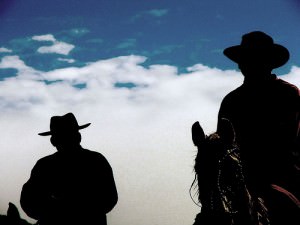
Photo courtesy of Sr. Amortuorio on Flickr
The Catarmarcan authorities would, unsurprisingly, prefer to discuss their province´s touristic potential than its shady, semi-feudal political culture. And as a destination for North Face-toting, outward-bound types, Catamarca definitely has potential. As previously noted, there is breathtaking, Lord of the Rings-style scenery in every direction, including top-notch attractions like the high-altitude Antofagasta de la Sierra volcano range, and picturesque resort towns like Tinogasta.
What the province lacks is a decent après-hike infrastructure. Most hotels are content to offer shelter and little else, while the capital´s nightlife scene is so dire that 1,400 Catamarcans (and counting) have signed up to a Facebook group entitled “I want a nightclub that doesn´t resemble a chicken shed!”
Chronic electronica shortages aside, if Catamarca has an overarching problem, it´s that everything it does, northern neighbour Salta does better – or at least that´s the perception among tourists and investors. What can be done to close the gap?
The Argentina Wine Industry & Catamarca
One option would be for Catamarca to follow Salta´s lead and invest more in the one agricultural sector that can boost both regional tourism and the general economy; namely, the wine-growing industry. Like Mendoza, Catamarca enjoys an arid, entirely predictable climate and is pest-free. But there the comparisons end. Argentina´s National Viticulture Institute estimates that Catamarca has 2,600 hectares of vines: which sounds ok until you measure it against Mendoza´s 140,000 hectares and counting.
Most of Catamarca´s bodegas (there are only around a dozen in total) are located in the Fiambalá valley, some 300km west of the provincial capital. (Tinogasta is the closest town of any size to the valley.) Argentina wine varietals that do well here include syrah, bonarda, cabernet sauvignon and, of course, malbec. Torrontés is being planted in increasing quantities, reflecting that grape´s popularity.
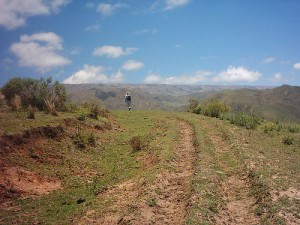
Photo courtesy of Ignacio Lovell on Flickr
Catamarca even has an unofficial ruta del vino (wine route), which dovetails conveniently with the better-known Ruta del Adobe. This tourist itinerary gets its name from the many chapels and other buildings made, in classic Andean style, from wood and sun-dried clay that line the route, which extends for 60km along Route 60, from Tinogasta to Fiambalá. There are no household-name wineries around here: Don Diego is probably the best known.
It´s unlikely that Catamarca will ever have anything other than a walk-on role in the Argentinian wine scene. But if you´re the kind of early adopter who thinks Mendoza is soooo 2005, and Salta over-hyped, strap on a good pair of boots and head for Argentina´s wild, wild west. If the malbec doesn´t grab you, the scenery will.
(The video below offers a snapshot of Catamarca´s wine-growing industry. If anyone has any idea why the guy at 0:38 is running so fast, please let us know. Also check out the deep-fried empanadas – a regional classic – at 0:55)

Matt Chesterton

Latest posts by Matt Chesterton (see all)
- Top Chefs of New Argentine Cuisine - November 6, 2012
- Argentina at the London 2012 Olympics - June 12, 2012
- The Best Wine Tasting Venues and Events in Buenos Aires - February 16, 2012


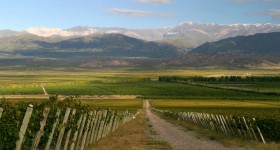 Argentina Wine Regions: San Juan
Argentina Wine Regions: San Juan 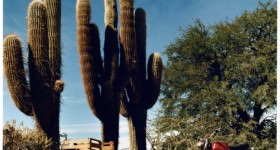 Argentina Wine Regions: Salta
Argentina Wine Regions: Salta 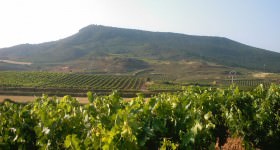 Know La Rioja, the famous wine region of Argentina
Know La Rioja, the famous wine region of Argentina 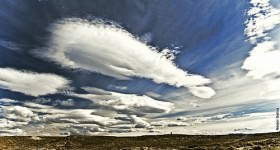 Argentina Wine Regions: Patagonia
Argentina Wine Regions: Patagonia 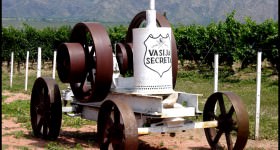 A Taste of Terroir: Argentina’s Diverse Wines & Wine Regions
A Taste of Terroir: Argentina’s Diverse Wines & Wine Regions 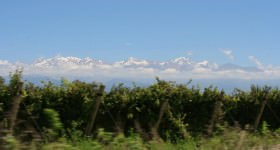 Top 10 Curious Facts About Argentina Wine
Top 10 Curious Facts About Argentina Wine 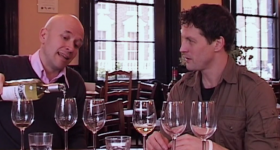 Wine Tasting in Argentina: Interview with Three Top Sommeliers
Wine Tasting in Argentina: Interview with Three Top Sommeliers 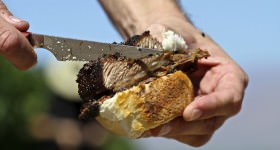 Malbec, Meat and More – Food Pairing with Argentina’s Flagship Wine
Malbec, Meat and More – Food Pairing with Argentina’s Flagship Wine 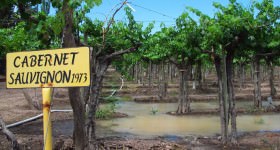 Cabernet Sauvignon – Argentina’s Next Big Red
Cabernet Sauvignon – Argentina’s Next Big Red 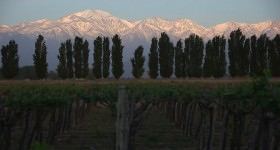 Blue Sky Drinking: Argentina’s High-Altitude Vineyards
Blue Sky Drinking: Argentina’s High-Altitude Vineyards  Mendoza – The Napa of the South
Mendoza – The Napa of the South 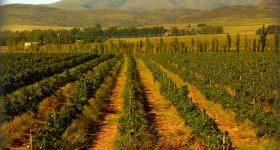 The Argentina Wine Making Process: Malbec Blends
The Argentina Wine Making Process: Malbec Blends